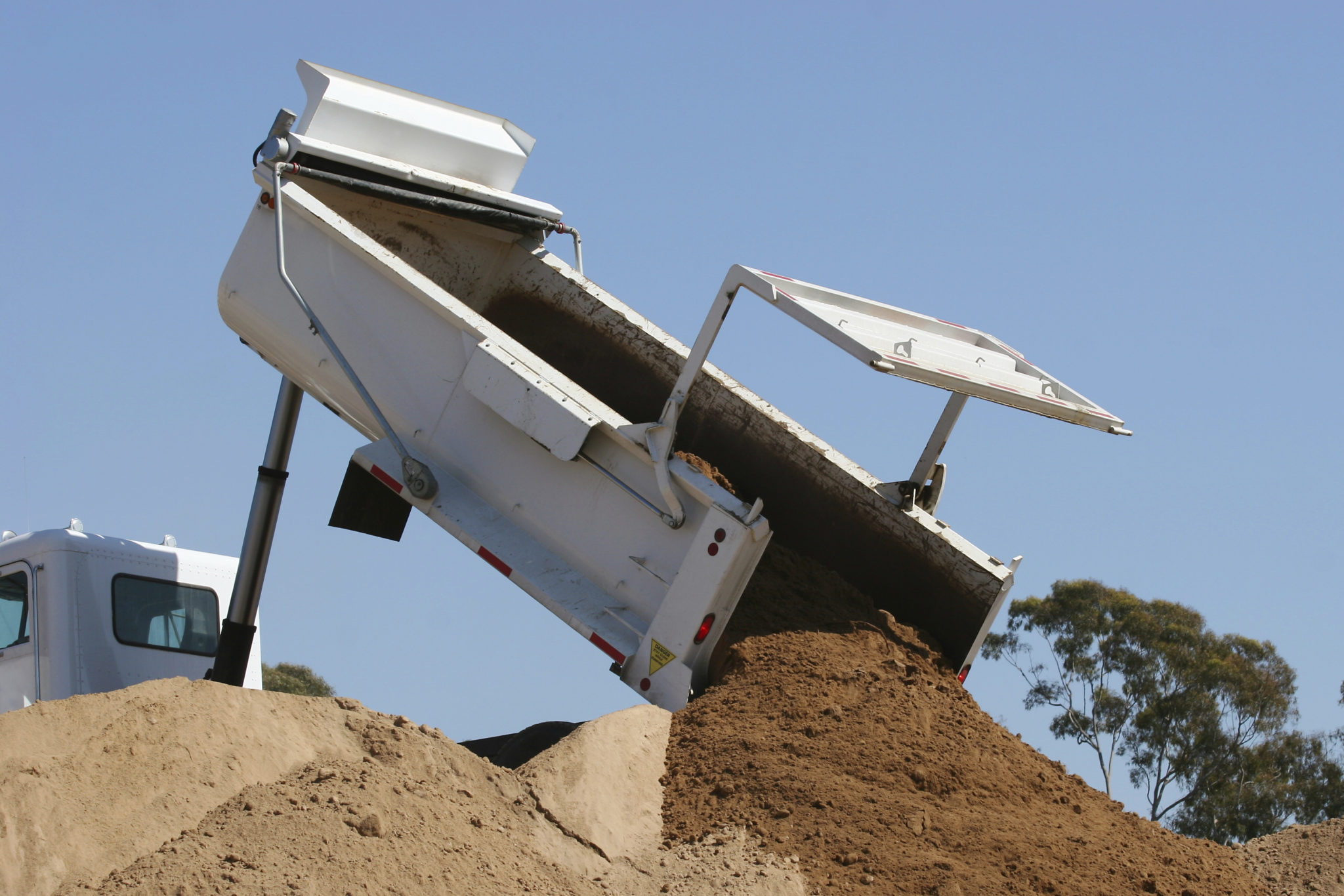
Excess Soil Handling
Improvements to how excess construction soils are managed in Ontario will require coordinated efforts and the clarification of responsibilities by government and industry stakeholders. After…

Improvements to how excess construction soils are managed in Ontario will require coordinated efforts and the clarification of responsibilities by government and industry stakeholders. After…
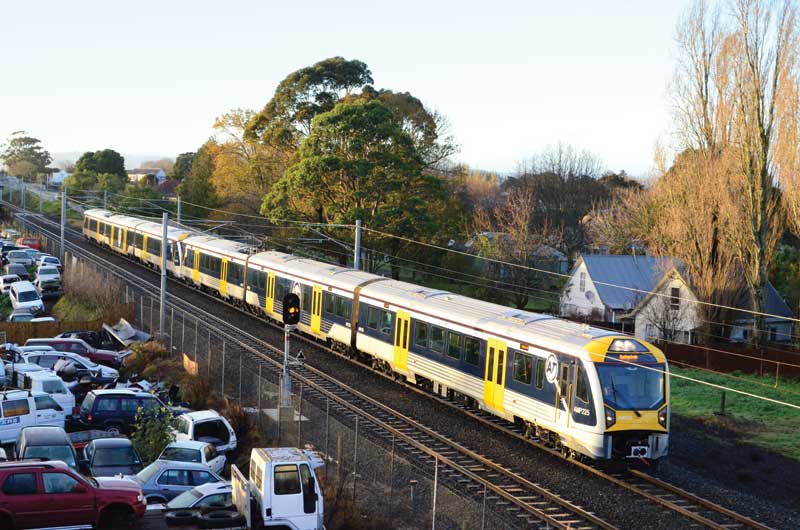
A planned decade-long project to electrify more than half the GO Transit commuter rail network in the Toronto area is in line with a global…

By 2025, Canada is on course to have a shortfall of 261,400 skilled tradespeople—and this is just for the residential construction market alone. Add the…

The dramatic shift in Alberta’s political landscape in 2015 was considered seismic at the time. Rachel Notley’s New Democratic Party (NDP) came from seemingly nowhere…

If you pass through the main streets of Hamilton, you’ll notice that street lights have become much brighter. The city recently completed an extensive street…

Over the past decade, several attempts were made to close the Canadian infrastructure gap. These were led at various government levels across Canada and favoured…

The 2016 Canadian Infrastructure Report Card (CIRC) provided an assessment of the country’s municipal assets, including roads and bridges, public transit, buildings, sport and recreation…

There is widespread consensus that Canada’s water systems are in urgent need of investment, replacement, and renewal. For many cities and communities, however, the upfront…

During Canada’s 2015 federal election, you couldn’t open a newspaper or turn on the TV without hearing the party leaders talk about Canada’s infrastructure. Crumbling…
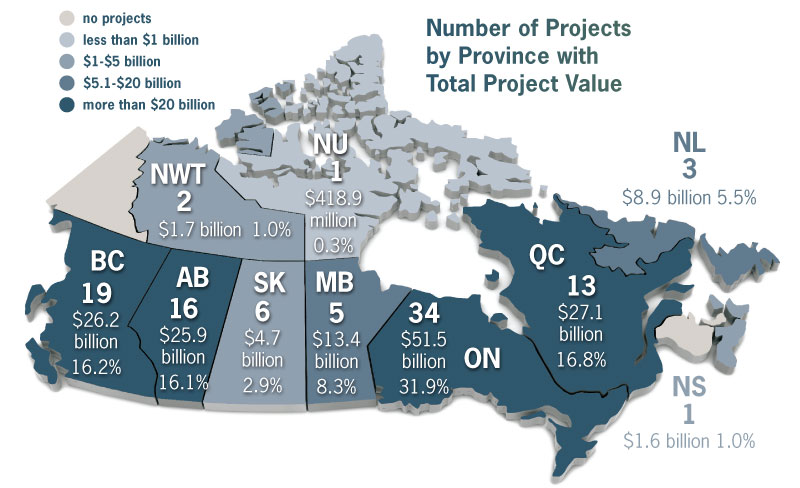
ReNew Canada has produced the Top100 Projects report for the past 10 years, and this annual listing of the country’s 100 biggest projects (ranked by…

Following the U.S National Weather Service prediction that there is a 95-per-cent chance El Nino will affect the northern hemisphere this year, Canadians need to…
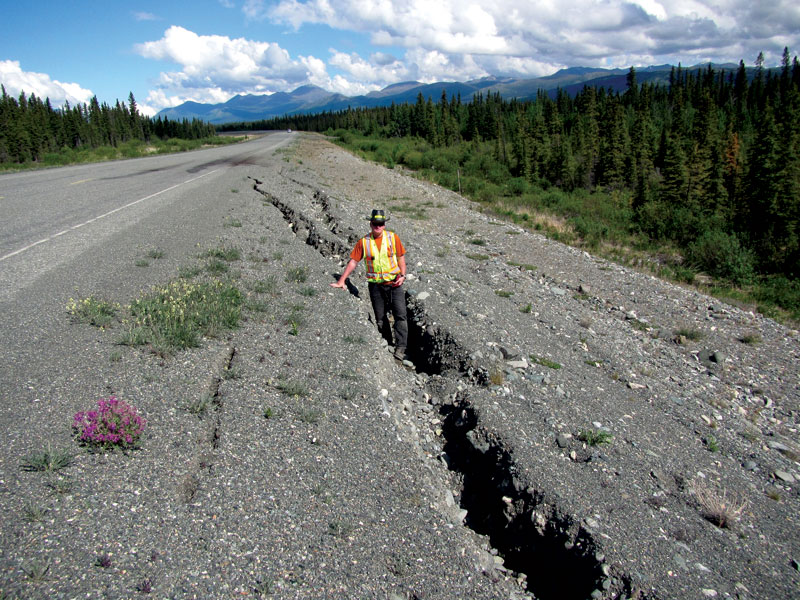
In the Yukon, the territorial government takes the possibility of climate change seriously because even the slightest temperature increase above freezing can change everything. The…

Transportation accounts for about a third of all greenhouse-gas emissions (GHGs) in Canada and, in most provinces, is the single largest source of emissions, followed…
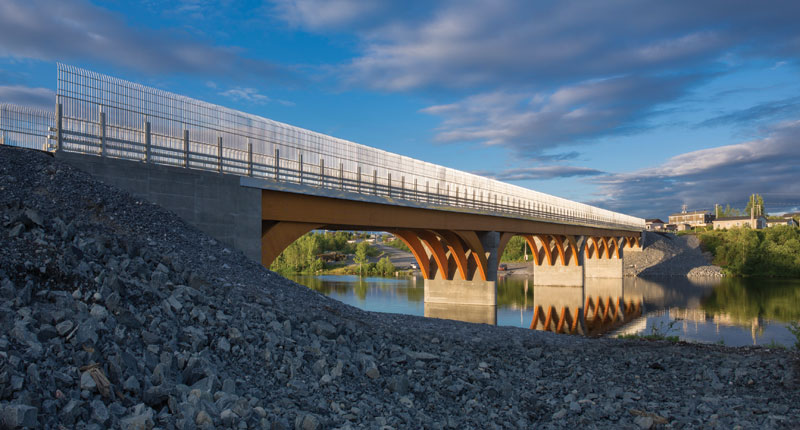
Our lives depend on the sustainability of the materials we use to build our infrastructure. So how do designers choose one material over another? We…
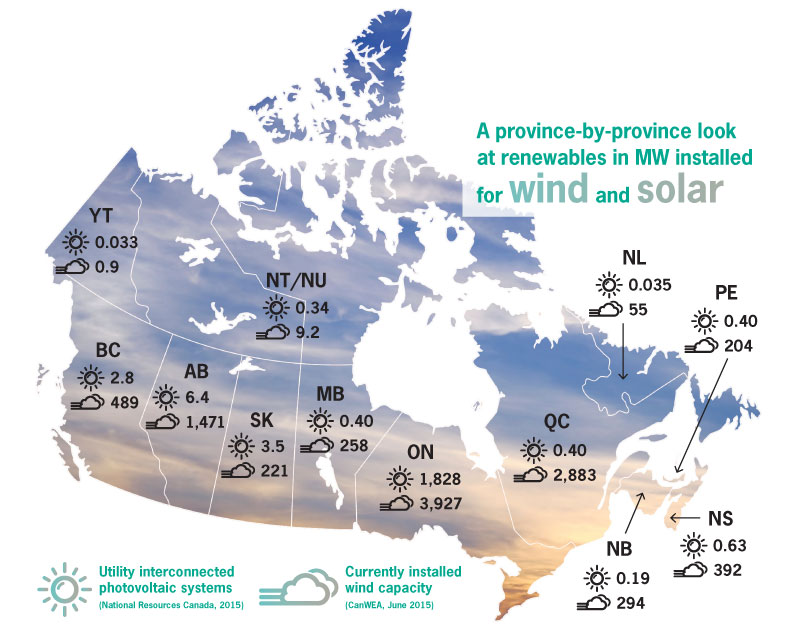
Dozens of solar of companies that responded to the Ontario government bid to inject 140 megawatts (MW) of renewable power into the grid couldn’t have…
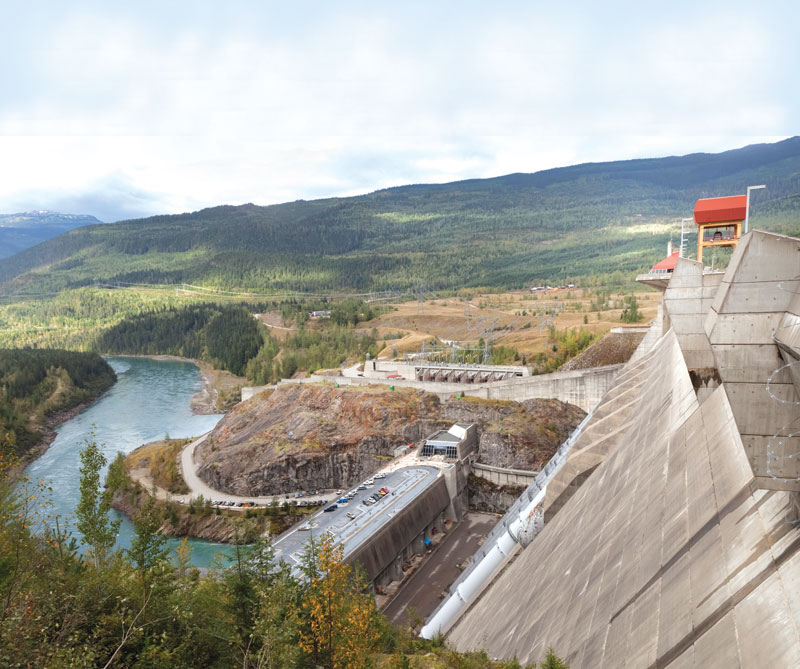
I once heard the hydroelectric sector described as oatmeal, a good and hearty source of energy, just not very interesting. In Canada, it turns out…

Nova Scotia Power customers are months away from receiving electricity generated from the Bay of Fundy’s renowned tides. After several years of research, design, and…

Women professionals are bringing new thinking and ideas to infrastructure-related decision-making, especially as the industry looks to diversify its pool of talent and expertise. As…

Debt for all sectors is an essential, accepted form of good business, particularly for big-ticket items such as infrastructure. Good debt assists in the generation…

Media reports of crumbling and even dangerous public infrastructure have become commonplace. Large sinkholes now routinely disrupt life in Canada’s largest cities. Many critical bridges…

Ten years ago, Infrastructure Ontario was created to manage the province’s largest, most complex capital projects by using the alternative financing and procurement (AFP) model…

“Competitive dialogue” is a term that, a few short years ago, would likely not have meant much to most Canadian infrastructure procurement practitioners. While competitive…

Construction is a male-dominated industry. Women interested in the trade not only face discrimination in training, access to employment, and job assignments, but they are…
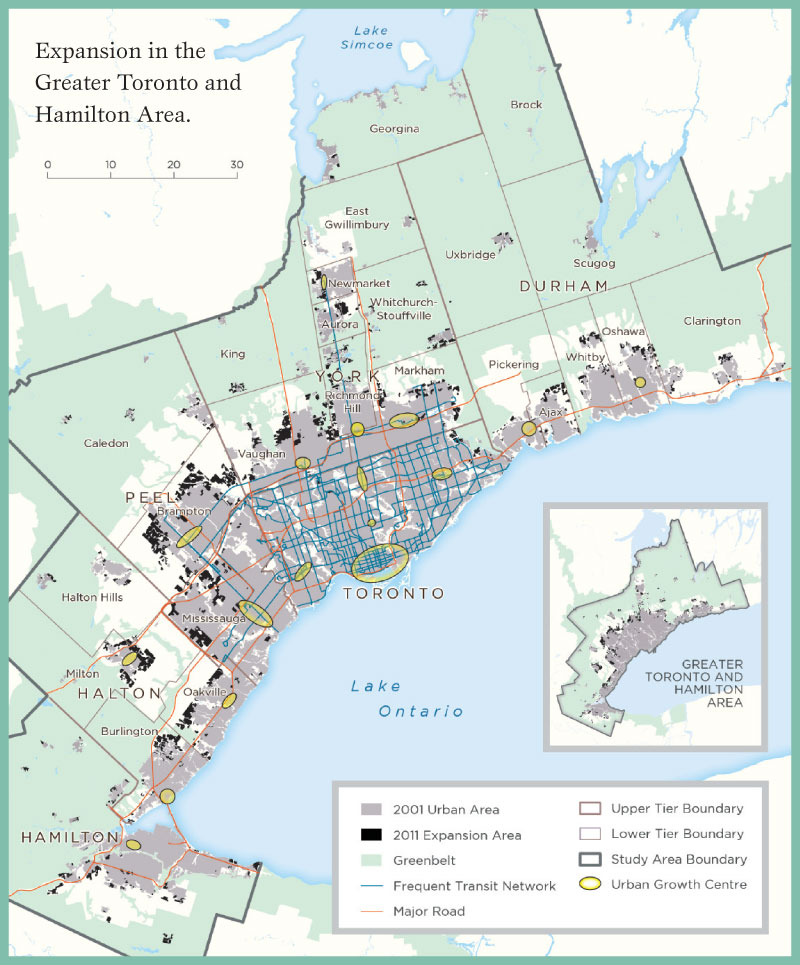
Long-term efforts to build sustainable city-regions are rooted in attempts to slow down sprawl by building more compact communities that can be served effectively by…